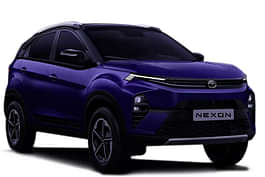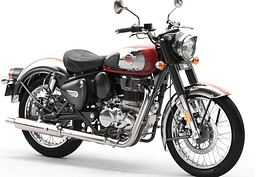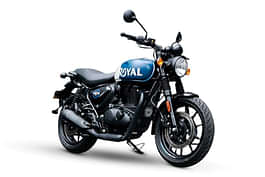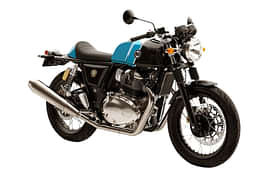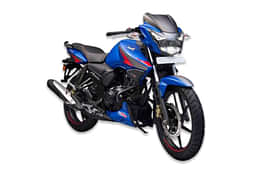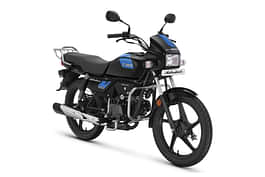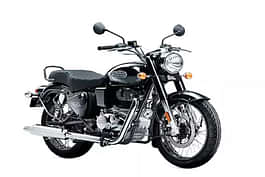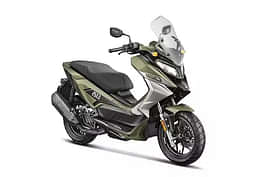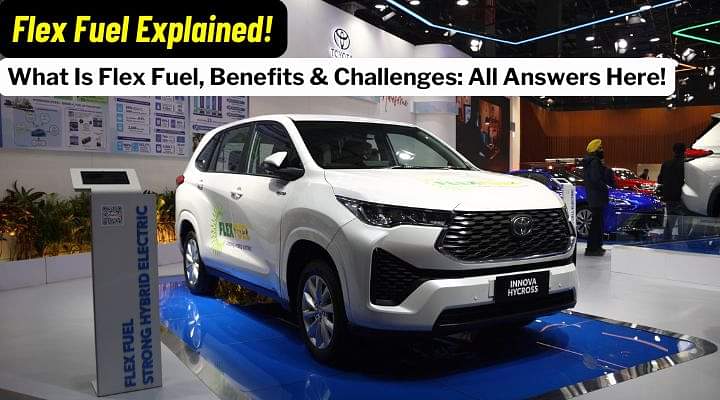
KEY HIGHLIGHTS
- Flex-fuel is essentially an alternative fuel source.
- Vehicles running on flex-fuel can run on more than one source of fuel.
- TVS used to sell the Apache RTR 200 Fi E100 a few years ago.
- Honda recently launched the CB300F FlexTech.
Alternative fuel sources is something that is always in discussion. Countries and governments are looking for ways to bring down pollution levels, and cleaner fuel sources for vehicles is one such way. Although not as mainstream yet, flex fuel isn't exactly unheard of in our country yet.
So what is flex fuel, and how beneficial is it? We'll take a look at all the details right here, but first, make sure to join the 91wheels WhatsApp Community to keep up with the latest news and updates from the automotive space.
Also read: Mahindra XUV.e9 Spotted Again: All You Must Know
What Is Flex Fuel?
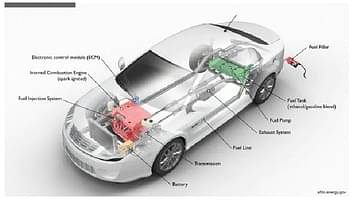
Flex fuel stands short for flexible fuel, and usually it is a mixture of gasoline and ethanol, or methanol, designed to run on an internal combustion changes after making certain changes to it. This fuel can be stored in the same common tank, and there is no need to separate the gasoline and ethanol blend, unlike with CNG and LPG, which need to be stored in separate cyilnders.
LPG and CNG continue to be relatively popular in metro cities, and work on making them more accessible to lower tier cities is also ongoing.
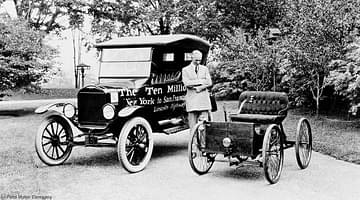
While one might be mistaken into thinking that flex fuel is a relatively new idea, the reality is far from it. Yes, in India it definitely is something that is yet to be explored, but engines running on this source have existed globally since 1908! The Ford Model T, which is widely known as the first affordable mass-market car available in America, could run on either ethanol, gasoline, and kerosene, or on a mixture of gasoline and ethanol.

The 1973 oil crisis resulted in gasoline shortages, and thus came up an opportunity for alternative fuel sources such as ethanol, LPG, CNG, and hydrogen. The second oil crisis that took place in 1979 resulted in the development of the Fiat 147, which was capable of running on pure hydrous ethanol, also known as E100 ethanol.
Brazil, in particular, is said to be among the largest consumer of flex fuel in the automotive context in the world, and that's because of sugarcane production in large quantities. Sugarcane ethanol is produced after the fermentation of sugarcane juice. In this process, carbon dioxide is released, and the remaining by-product is sent for distillation, after which ethanol fuel is ready.
Also read: Tata Tiago EV: 50,000 Units Sold! Sets A New Benchmark For EVs
Does Flex Fuel Have Any Benefits?
Like Brazil, India too is a producer of sugar cane in large quantities, and this opens up many interesting possibilities. There are certain benefits associated with the usage of this source, and we shall take a look at them now:
Good For The Environment
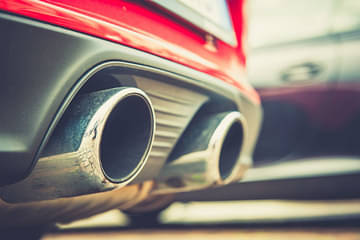
Flex fuel is said to burn cleaner than normal gasoline due to the lack of hydrocarbons and additives, thereby releasing less toxic fumes into the environment.
Self-Reliance
India currently relies on Gulf countries for oil imports, and ethanol blends can help reduce that dependency to a certain extent. This will then contribute to the growth and economic stability of the country.
Promoting Sustainable Energy
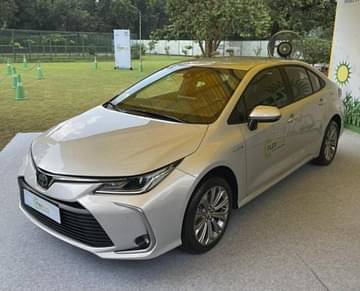
Ethanol is made not just out of fermenting sugarcane, but also corn, thus reducing the dependence on fossil fuels and promoting the usage of sustainable energy.
Challenges
However, there are certain challenges also currently associated with flex fuel, the main one being the lack of infrastructure. The reach of ethanol-blended gasoline remains limited only to a few cities for now, but we can expect this to change once the number of flex fuel vehicles in the country goes up.
The other possible challenge is the fact that about 2,860 litres of water is required to produce 1 litre of ethanol fuel, according to a Niti Aayog report in 2023. Given India's aspirations to achieve 20% ethanol blending in the future, it would be essential for ethanol production go up, which would require sugarcane production to go up, which in turn raises the possibility of water pollution due to the waste by-products being disposed in freshwater bodies.

So far, there are only a few examples in the Indian market, despite multiple showcases at the Bharat Mobility Expo. There's the Toyota Corolla Altis project, which was followed by the Innova Hycross prototype. Both these cars are not available to the public yet and are instead being used to study the viability of flex fuel vehicles in the country.
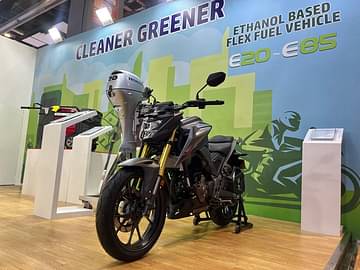
On the two-wheeler side of things, TVS used to have the Apache RTR 200 Fi E 100 in its lineup back in 2019, and more recently Honda launched the CB300F FlexTech at a starting price of Rs 1.70 lakh (ex-showroom).
Verdict
While there are benefits and challenges associated with flex fuel, with time we expect the challenges to be addressed as the usage of flex fuel and the number of flex fuel vehicles picks up in the Indian market. The performance and efficiency aspects of flex fuel also remain untested in the Indian context, and more light will be shed on them as and when more data becomes accessible.

















